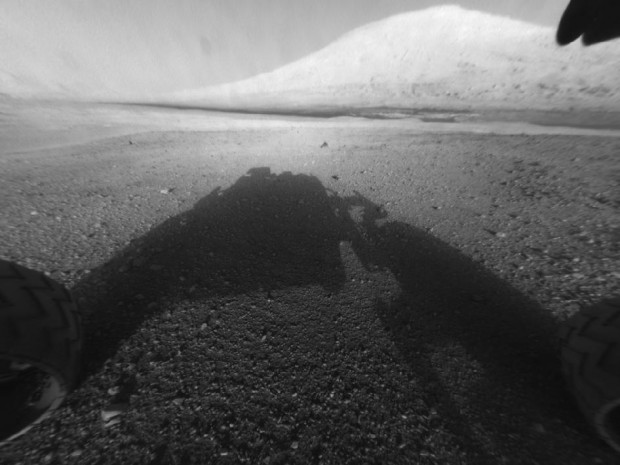Interesting IAmA on reddit with the Mars Curiosity team. Lots of great stuff but being a programmer this caught my eye:
You are right that the processor does feel acient. Our current smarthphones are more powerful. The reasoning for this is three-fold. First of all, the computer was selected about 8 years ago, so we have the latest and greated space certified parts that existed then. Second of all, it was the most rubost and proven space grade processor at that time. Thirdly, in order to make a processor radiation hardened it requires lots of tricks on the silicon that is not conducive to making it fast. Given that, it does not run any GUIs and can just focus on raw programming, and actually gets a lot done. All of the programming is done in C, and our toolchain is very similar to programming on any platform.
-JG (presumably Jonny Grinblat aka “Pre-celebration Guy” – Avionics System Engineer)
I did mention a few days ago specifically about the CPU and how it’s really similar to the Power Mac G3’s of the late 90’s.

